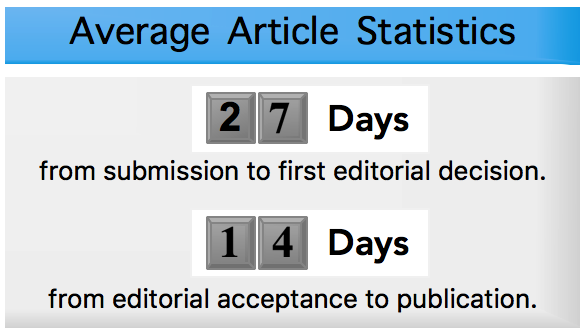Downloads
Abstract
One of the most effective methods for type 2 diabetes treatments is inhibition of enzyme α-glucosidase in the intestines to slow down the release of glucose from carbohydrates in the diet, reduce plasma glucose levels and prevent hyperglycemia after meals. Therefore, seeking α-glucosidase inhibitors used in the treatment of diabetes from plant is the attention of many scientists. Based on the potential of the hairy root culture technology in increasing valuable chemical compounds accumulating, this study aimed to induce hairy roots from six plants of the Malvaceae family including Urena lobata, Abutilon indicum, Hibiscus Sabdariffa, Hibiscus rosa-sinensis, Sida acuta, Sida rhombifolia, and screening which materials has the highest in α-glucosidase inhibitory activity. We have successfully induced hairy roots from six plant species by using the Agrobacterium rhizogenes ATCC 15834 strain. The highest rates of hairy root induction were observed in Hibiscus Sabdariffa and Urena lobata. The stable introduction of rolB and rolC genes to plant genomes was confirmed by PCR. Under liquid-shake culture conditions on MS medium, hairy roots of Hibiscus sabdariffa, Urena lobata and Sida acuta showed better development than other species, and therefore, they are selected for the study of α-glucosidase inhibitory activity. This study proved that Urena lobata was stronger in inhibiting α-glucosidase activity than other studied plants, with the IC50 value of 7.65 μg/ml. The results of this study demonstrated Urena lobata hairy root might be considered as a potential supply of medicinal plants for the treatment of type 2 diabetes.
Issue: Vol 2 No 6 (2018)
Page No.: 165-174
Published: Jan 27, 2020
Section: Original Research
DOI: https://doi.org/10.32508/stdjns.v2i6.877
Download PDF = 544 times
Total = 544 times

 Open Access
Open Access 








